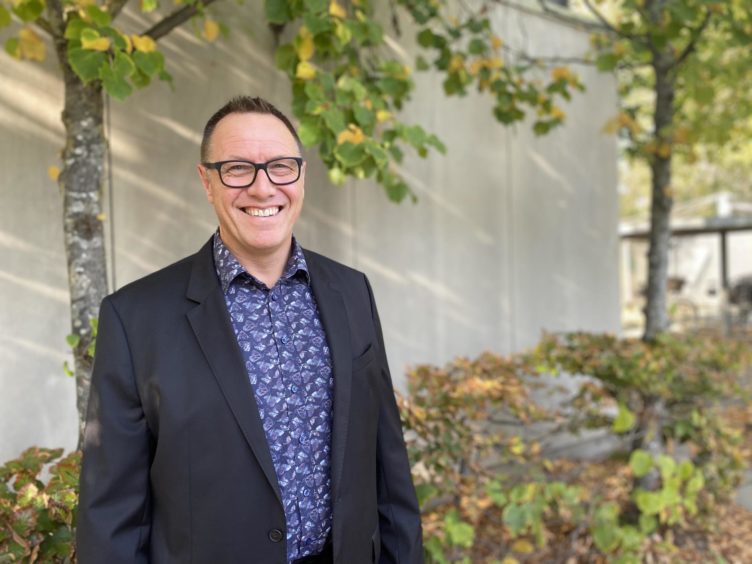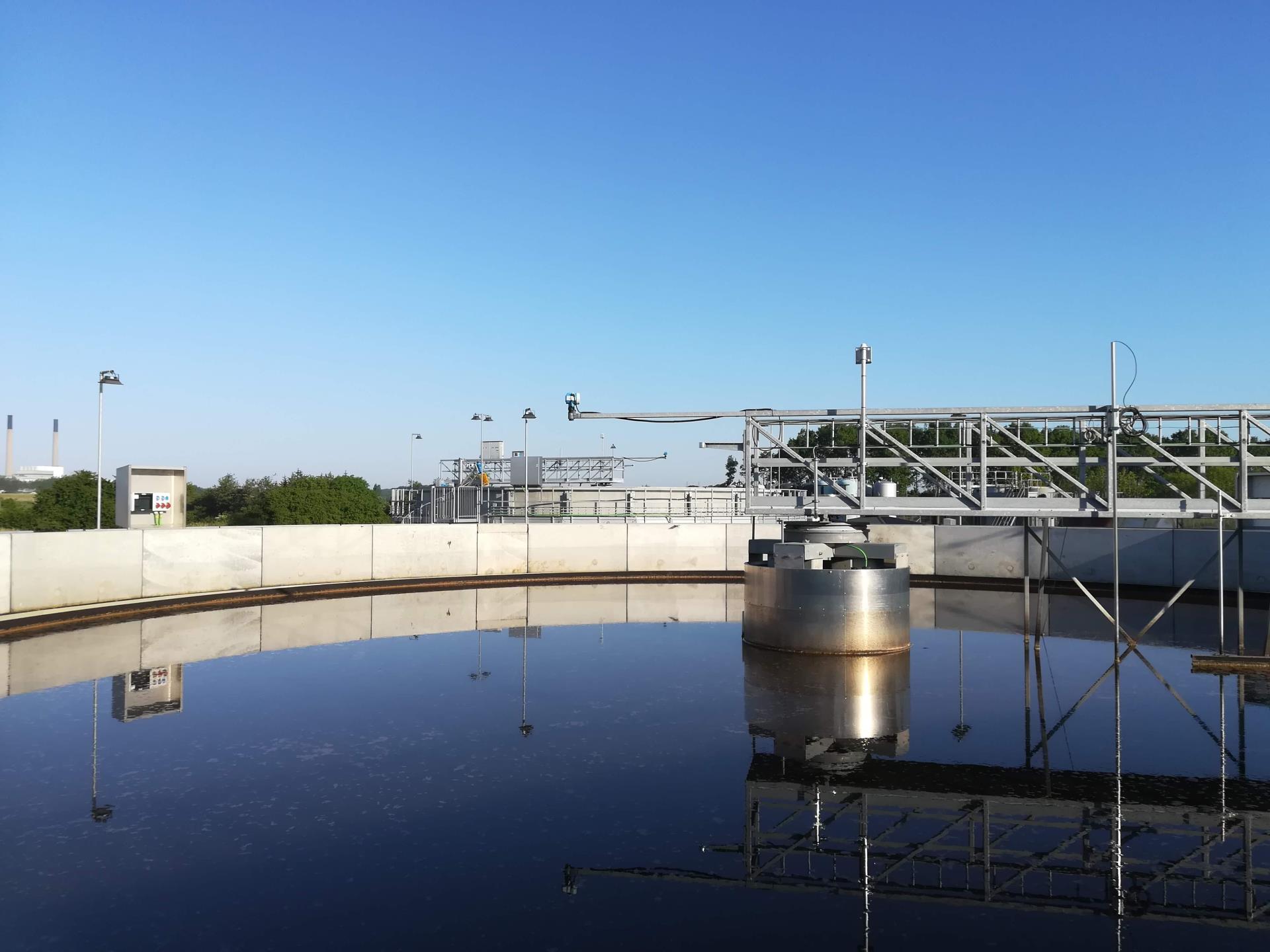
When it comes to the treatment of wastewater in the export chain, the links to circular economy are not obvious – but that doesn’t mean they are not there. They are there and right now they are needed more than ever. Environmental rules are tightening and companies are keen to reduce their environmental footprint. At the same time, the need for water remediation is set to grow to support output from ageing assets and as older facilities are decommissioned.
While the offshore industry is primarily concerned with the management of hydrocarbons, water is a close-run second place. The UKCS generates some 200 million cubic metres of produced water a year and whilst much of this can be safely treated offshore and overboarded or reinjected, a sizable proportion requires further treatment onshore to be made safe.
RGS Nordic is an environmental company working in the Scandinavian wastewater and contaminated soil treatment sectors. Our main site water treatment plant at Stigsnæs, south west of Copenhagen, includes a recycling facility and specialised water treatment infrastructure. Although similar to a municipal facility in its function, its bacterial cultures and processes are tuned to tackle industrial and oil and gas needs, being able to treat high salt content, chemical oxygen demand (COD) content and hydrocarbons in general.
While the fundamental processes for water treatment at Stigsnæs are typical, it is the combination of recycling elements that support our circular economy credentials.
“We can utilise waste fractions in a different manner to many UK facilities. Oil is recovered from incoming wastewater fractions for reuse, both crude with low flashpoint and refined hydrocarbon products,” said Jonathan Cope, director of water solutions.
“Energy from excess sludge from the treatment process is recovered for use in Denmark’s district heating system, while recaptured hydrocarbons can be re-refined and turned back into useful products.”
Moreover, other waste products are recovered to regulate treatments – used caustic soda, for example, helps regulate pH levels – all of which supports a more circular approach to waste management.
“It’s very much tuned to minimising the use of virgin resources and using as much as we can from industry to facilitate the treatment process,” Cope says. Using this holistic approach, energy and material recovery is vastly improved compared with remediation alone.
But the environmental benefits extend beyond just the treatment process. Owing to its location, our plant can receive product by sea – in fact, we can accommodate large vessels and up to 100,000 tonnes of water in one delivery, with flexible storage for up to 140,000 tonnes prior to processing. The benefits of single-ship movements direct into the treatment plant (as opposed to the multiple road movements from port to an inland treatment facility), can help drive significant reductions in overall carbon emissions for a given job or contract.
In aligning itself and its operations with the UN’s Sustainable Development goals, we are confident that our services will be of growing interest to increasingly conscious industries. In the past circular economy has been something that’s a “nice to do” but it’s now a “must do” task – and that means treatment processes and practice will have to change.
Recommended for you

 © Supplied by RGS Nordic
© Supplied by RGS Nordic